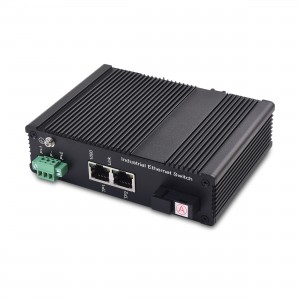We all know that a network is composed of various optical devices, and industrial-grade fiber optic transceivers are an important part of it. However, because the maximum transmission distance of the network cable (twisted pair) we often use has great limitations, the maximum transmission distance of the general twisted pair is 100 meters. Therefore, when we are laying out larger networks, we have to use relay equipment. Of course, other types of lines can also be used for transmission, such as optical fiber is a good choice. The transmission distance of optical fiber is very long. Generally speaking, the transmission distance of single-mode fiber is more than 10 kilometers, and the transmission distance of multi-mode fiber can reach up to 2 kilometers. When using optical fibers, we often use industrial-grade optical fiber transceivers. So, how exactly do industrial-grade optical transceivers access the network?
When connecting industrial-grade optical fiber transceivers to the network, the optical cables must first be introduced from the outdoors. The optical cable must be fused in the optical cable box, which is the terminal box. The fusion of optical cables is also a matter of knowledge. It is necessary to strip the optical cables, fuse the thin fibers in the optical cables with the pigtails, and put them in the box after fusion. The pigtail should be pulled out and connected to the ODF (a kind of rack, connected with a coupler), then connect it to the jumper with the coupler, and finally connect the jumper to the industrial-grade optical fiber transceiver. The next connection sequence is router—-switch—-LAN—-host. In this way, the industrial-grade optical fiber transceiver is connected to the network.
Post time: Mar-24-2021






